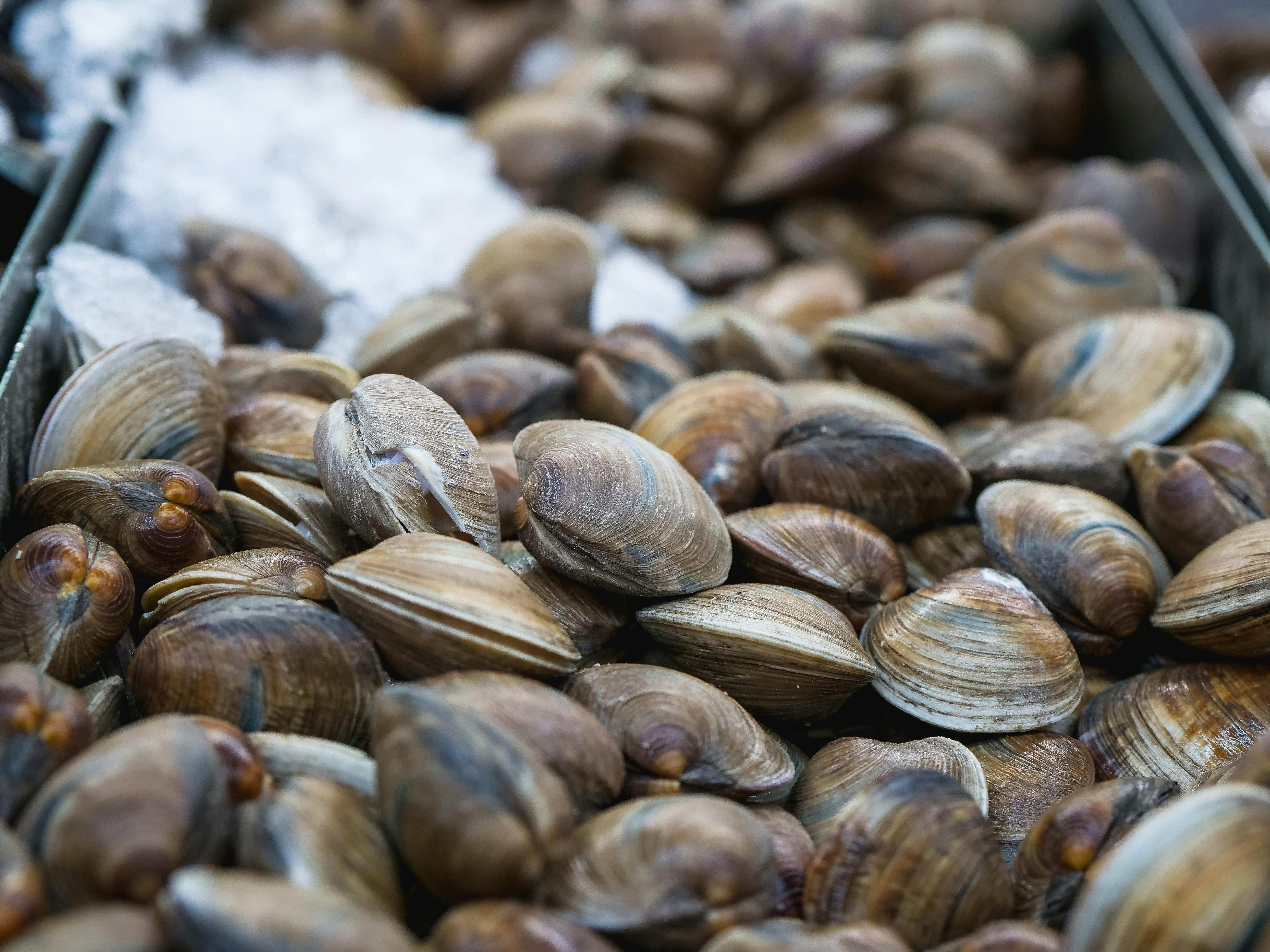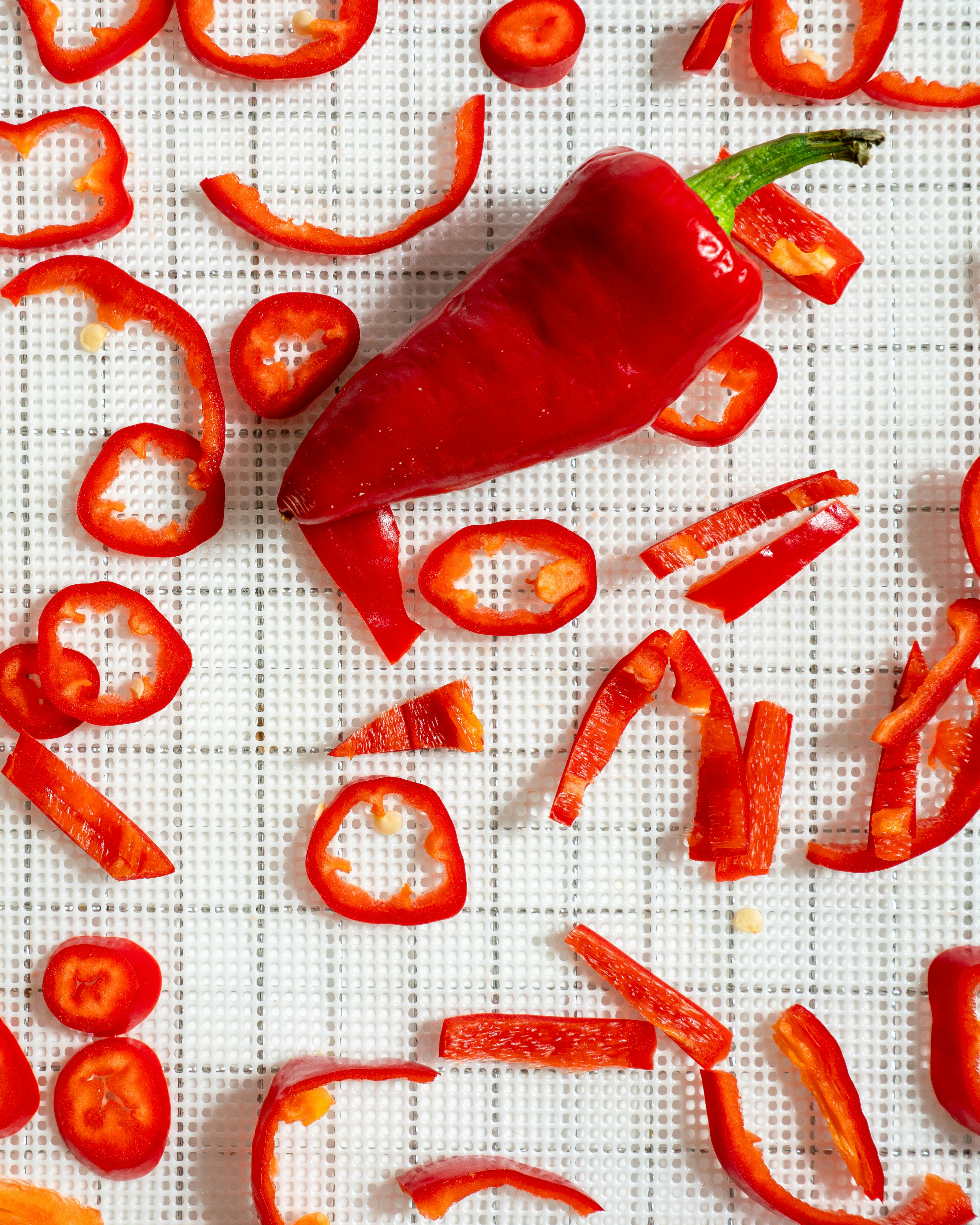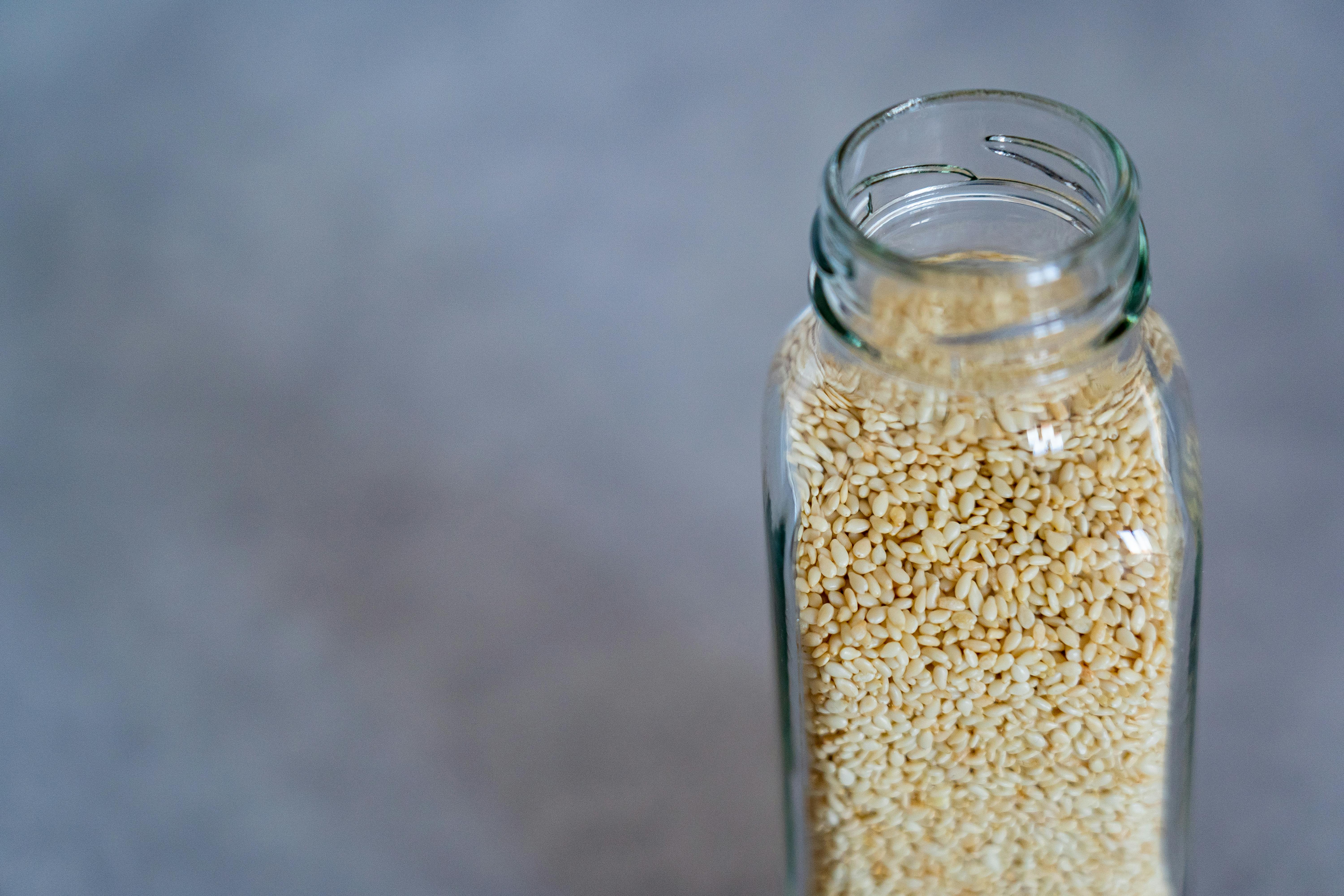
Effective Strategies to Optimize Your Gout Diet in 2025
Gout, a form of arthritis characterized by sudden and severe pain, swelling, and tenderness in the joints, is closely linked to diet. In 2025, optimizing your gout diet is crucial for managing symptoms and preventing flare-ups. The foundation of a gout-friendly diet involves understanding which foods to embrace and which to avoid. This article will explore the benefits of a gout diet and provide practical tips on managing gout through dietary choices.
By focusing on gout-friendly foods and maintaining a low purine diet, individuals can effectively reduce uric acid levels, leading to fewer gout attacks. We'll delve into specific food categories, meal planning strategies, and hydration tips crucial for those managing gout. Understanding dietary restrictions and implementing healthy eating habits can significantly improve overall well-being and contribute to gout prevention.
Prepare to discover essential insights on gout meal plans, tasty gout diet recipes, and nutritional interventions tailored for individuals suffering from gout. Let’s embark on this culinary journey toward better health and enhanced quality of life.
Understanding Foods to Avoid with Gout
Recognizing which foods exacerbate gout is essential for effective management. Certain foods are high in purines, which break down into uric acid in the body. Elevated uric acid levels are a primary cause of gout flare-ups.
Foods High in Purines
When planning your gout diet, it's crucial to minimize the intake of foods rich in purines. Examples include red meats, organ meats (like liver), and certain seafood such as sardines and mackerel. These foods can trigger an increase in uric acid levels, making them top candidates for avoidance.
Impact of Alcohol on Gout
Alcohol consumption can significantly impact gout. Beer, in particular, is high in purines and has been shown to increase the risk of gout attacks. Limiting alcohol intake, especially during flare-up periods, can help mitigate symptoms and promote better joint health.
Identifying Hidden Sources of Purines
Some may not realize certain seemingly harmless foods can also contribute to increased uric acid levels. Foods like certain legumes and high-fructose corn syrup found in soft drinks and processed foods should also be limited. Reading nutrition labels carefully can help avoid these pitfalls.
Monitoring Portion Sizes
Portion control is crucial for maintaining a balanced gout diet. Even low-purine foods can lead to adverse effects if consumed in large quantities. Understanding appropriate serving sizes enables better management of uric acid levels.
Transitioning to a Low Purine Diet
Switching to a low purine diet can feel daunting, but it is achievable with the right strategies. Gradually replacing high-purine foods with low-purine alternatives, such as fruits, vegetables, and whole grains, can ease the transition and improve health outcomes.
Incorporating Gout-Friendly Foods
Now that we've discussed what foods to avoid, let's explore the delicious and nutritious options that can support a gout-friendly diet.
Best Vegetables for Gout
Vegetables such as bell peppers, spinach, and broccoli are excellent choices for a gout diet. They provide essential nutrients while being low in purines. Cruciferous vegetables are particularly beneficial due to their anti-inflammatory properties, which can assist in reducing pain and swelling associated with gout.
Fruits That Lower Uric Acid Levels
Incorporating fruits high in Vitamin C, such as cherries, can be a game-changer for managing gout. Studies suggest that cherries can significantly reduce uric acid levels. Other beneficial fruits include blueberries, strawberries, and citrus fruits, which are rich in antioxidants.
Protein Sources for Gout Sufferers
Choosing the right protein sources is vital for those managing gout. Opt for low-purine proteins such as eggs, low-fat dairy products, and certain fish, such as salmon and trout, which are rich in omega-3 fatty acids that may help reduce inflammation.
Benefits of Whole Grains
Integrating whole grains into your diet is another effective strategy. Whole grains like brown rice, quinoa, and oats contain fiber and nutrients that not only promote overall health but also aid in maintaining a healthy weight, which is crucial for gout management.
Hydration and Gout
Staying hydrated plays a pivotal role in reducing uric acid levels. Aim for at least eight glasses of water daily to help clear uric acid from the system. Herbal teas and water-rich fruits and vegetables can also contribute to overall hydration.
Crafting a Gout Meal Plan
Creating a well-structured meal plan is essential for maintaining a gout-friendly lifestyle. A thoughtful approach can prevent flare-ups and promote a balanced diet.
Sample Gout Diet Meal Plan
A successful meal plan may include breakfasts like oatmeal with fresh berries, lunches such as quinoa salad with mixed vegetables, and dinners featuring grilled salmon with steamed broccoli and sweet potatoes. For snacks, consider carrot sticks with hummus or cherries, which are particularly effective for gout.
Meal Prep for Gout
Meal prepping can help streamline the cooking process and keep you on track. Preparing meals in advance can prevent unhealthy eating choices when rushed or unprepared. Focus on batch cooking low-purine recipes and storing them in single-serving containers for easy access.
Gout-Friendly Snacks
When hunger strikes, choose gout-friendly snacks like nuts, low-fat yogurt, and fresh fruit. These options can satisfy cravings without increasing uric acid levels and can be easily incorporated into your daily routine.
Cooking Methods that Support Gout Management
When preparing meals, opting for healthy cooking methods can make a significant difference. Steaming, grilling, and baking are excellent alternatives to frying, which can introduce unnecessary fats and calories. Use herbs and spices to enhance flavors without adding sodium.
Importance of Fiber in Gout Diet
A high-fiber diet benefits gout sufferers by promoting healthy digestion and helping to manage weight. Foods rich in fiber, such as whole grains, fruits, and vegetables, can also reduce inflammation, making them essential in a gout-friendly plan.
Long-Term Benefits of a Gout Diet
Embracing a healthy gout diet offers numerous long-term benefits beyond immediate relief from pain. With sustainable changes, individuals can experience overall health improvements.
Managing Gout Flare-Ups
By adhering to a low purine diet, individuals can significantly reduce the frequency and severity of gout flare-ups. Regularly consuming good food choices strengthens the body's defense against uric acid buildup.
Gout and Weight Loss
Maintaining a healthy weight is vital for gout management. Excess weight can increase uric acid levels and place additional stress on joints. A balanced diet helps facilitate weight loss while ensuring nutrient adequacy.
Supplements for Gout Management
Incorporating dietary supplements, such as Vitamin C and omega-3 fatty acids, may also aid in managing gout. These supplements can provide additional health benefits by helping decrease inflammation and supporting overall dietary goals.
Impact of Stress and Lifestyle Changes
Reducing stress through dietary choices can have a favorable impact on gout management. Incorporating mindfulness and healthy eating can improve both physical and mental health, ultimately affecting uric acid levels positively.
Community Support and Education Resources
Engaging with community support groups focused on gout can provide additional resources, motivation, and guidance. Sharing experiences and tips within these groups can encourage adherence to dietary changes while fostering a supportive environment.
Conclusion: Taking Control of Your Gout Management
In conclusion, optimizing your gout diet in 2025 is achievable through informed dietary choices, commitment, and strategic meal planning. By understanding which foods to embrace or avoid, you can effectively manage your gout symptoms and improve your overall health. Prioritize hydration, opt for gout-friendly foods, and engage in community support to bolster your dietary journey. By following these guidelines, you can take charge of your gout management and pave the way for a healthier future.
 example.com/image2.png
example.com/image2.png
 example.com/image3.png
example.com/image3.png